What is ADHD?
ADHD stands for attention-deficit hyperactivity disorder. ADHD is a chronic condition that includes attention difficulty, hyperactivity, and impulsiveness. It is categorized as a neurological disorder and generally affects the executive functioning that is needed to assess, plan, and execute. ADHD is the most common mental disorder that affects children (8.4% of children), but it also affects adults (2.5% of adults). ADHD symptoms look different for each person.
Symptoms and Diagnosis
ADHD is diagnosed as one of three types: inattentive type, hyperactive/impulsive type or combined type. A diagnosis is based on the symptoms that have occurred over the past six months.
Inattentive type – six (or five for people over 17 years) of the following symptoms occur frequently:
Doesn’t pay close attention to details or makes careless mistakes in school or job tasks.
Has problems staying focused on tasks or activities, such as during lectures, conversations or long reading.
Does not seem to listen when spoken to (i.e., seems to be elsewhere).
Does not follow through on instructions and doesn’t complete schoolwork, chores or job duties (may start tasks but quickly loses focus).
Has problems organizing tasks and work (for instance, does not manage time well; has messy, disorganized work; misses deadlines).
Avoids or dislikes tasks that require sustained mental effort, such as preparing reports and completing forms.
Often loses things needed for tasks or daily life, such as school papers, books, keys, wallet, cell phone and eyeglasses.
Is easily distracted.
Forgets daily tasks, such as doing chores and running errands. Older teens and adults may forget to return phone calls, pay bills and keep appointments.
Hyperactive/impulsive type – six (or five for people over 17 years) of the following symptoms occur frequently:
Fidgets with or taps hands or feet, or squirms in seat.
Not able to stay seated (in classroom, workplace).
Runs about or climbs where it is inappropriate.
Unable to play or do leisure activities quietly.
Always “on the go,” as if driven by a motor.
Talks too much.
Blurts out an answer before a question has been finished (for instance may finish people’s sentences, can’t wait to speak in conversations).
Has difficulty waiting his or her turn, such as while waiting in line.
Interrupts or intrudes on others (for instance, cuts into conversations, games or activities, or starts using other people’s things without permission). Older teens and adults may take over what others are doing.
Diagnosis involves gathering information from parents, teachers and others. If you are concerned that your child may have ADHD, make sure that you first get them evaluated by a medical professional to rule out medical issues (such as vision and hearing problems).
If you need parenting tips for parenting a child with ADHD or believe that you may have ADHD, click here to be paired with a therapist who can help.

